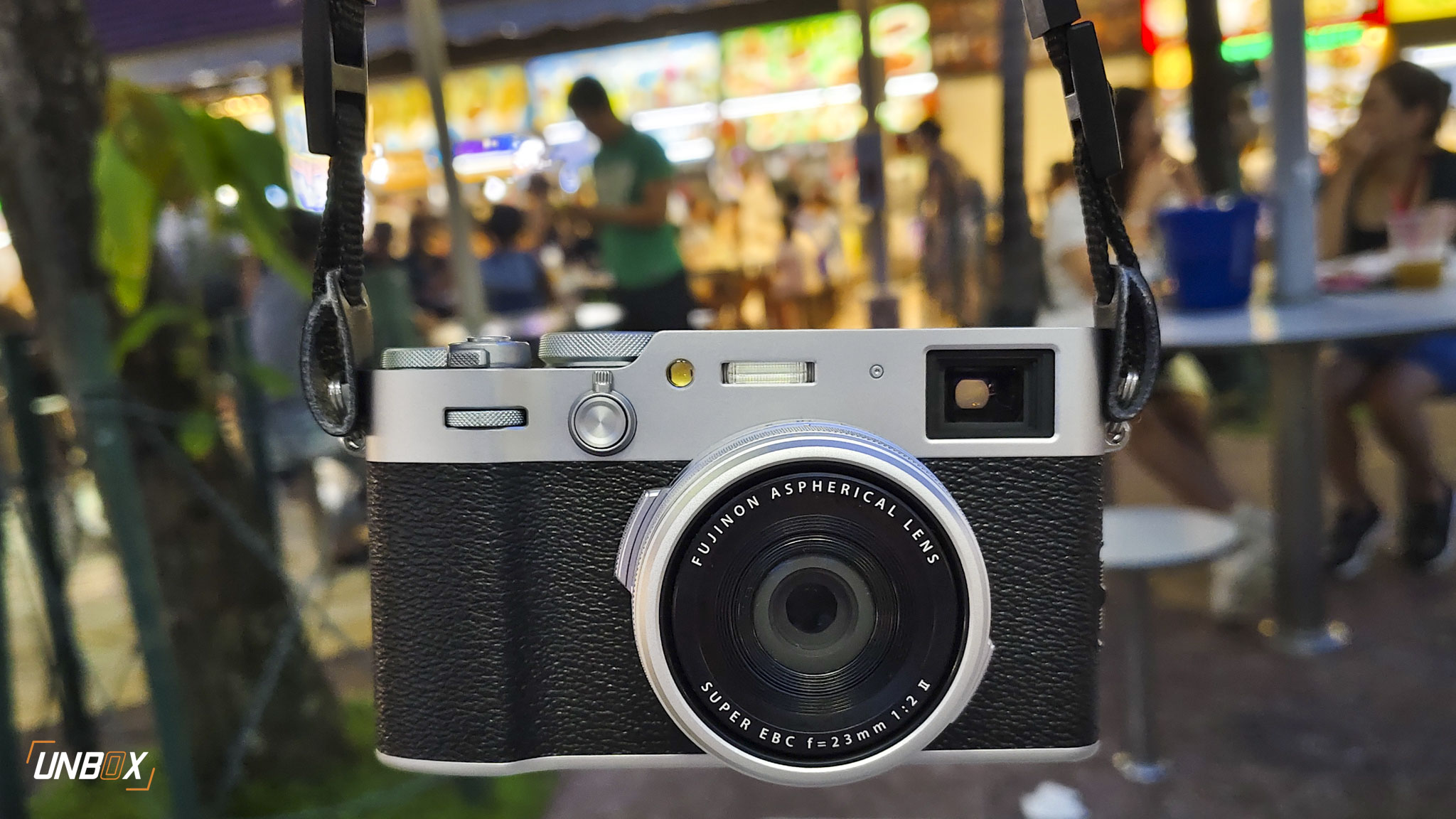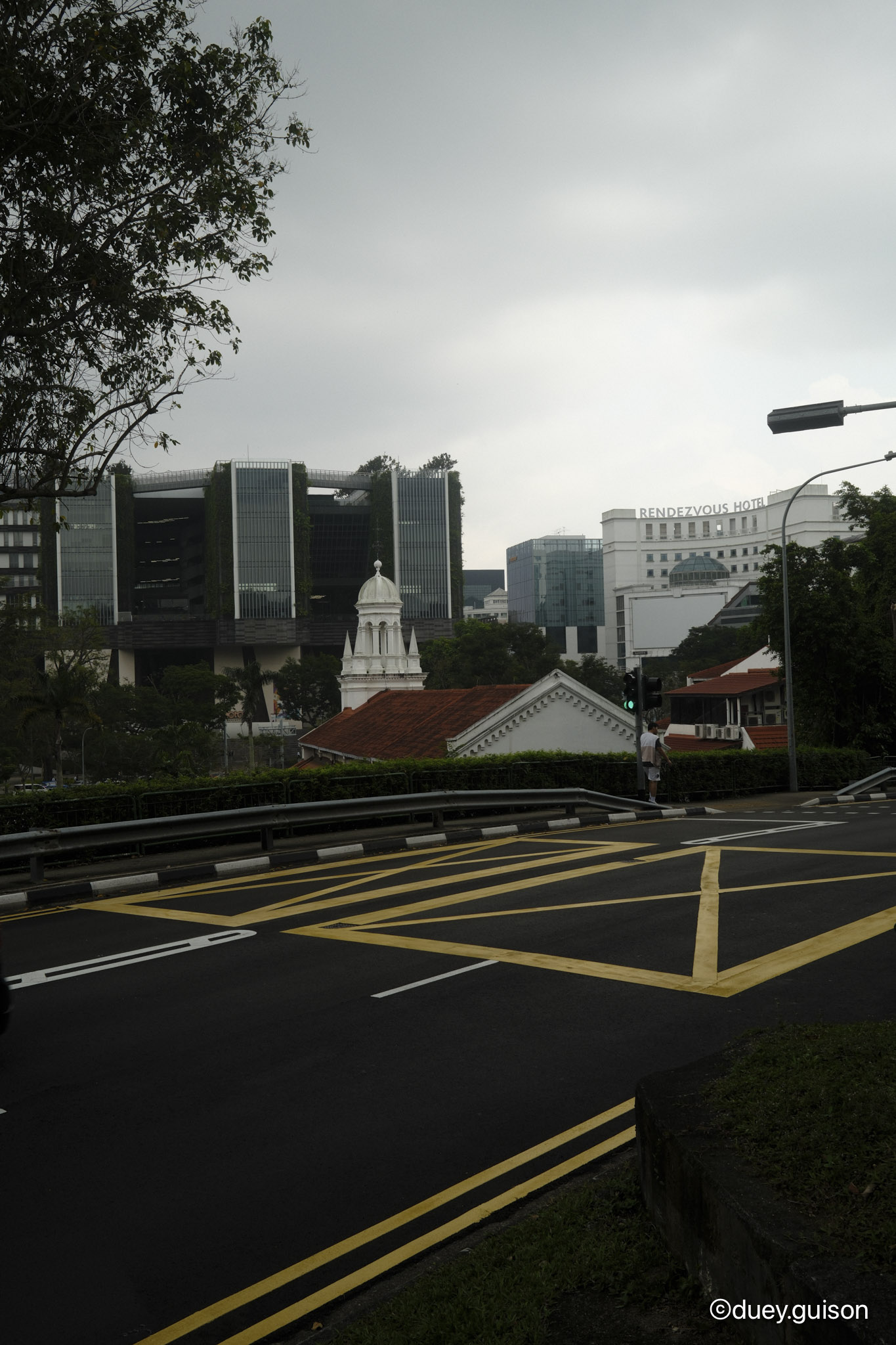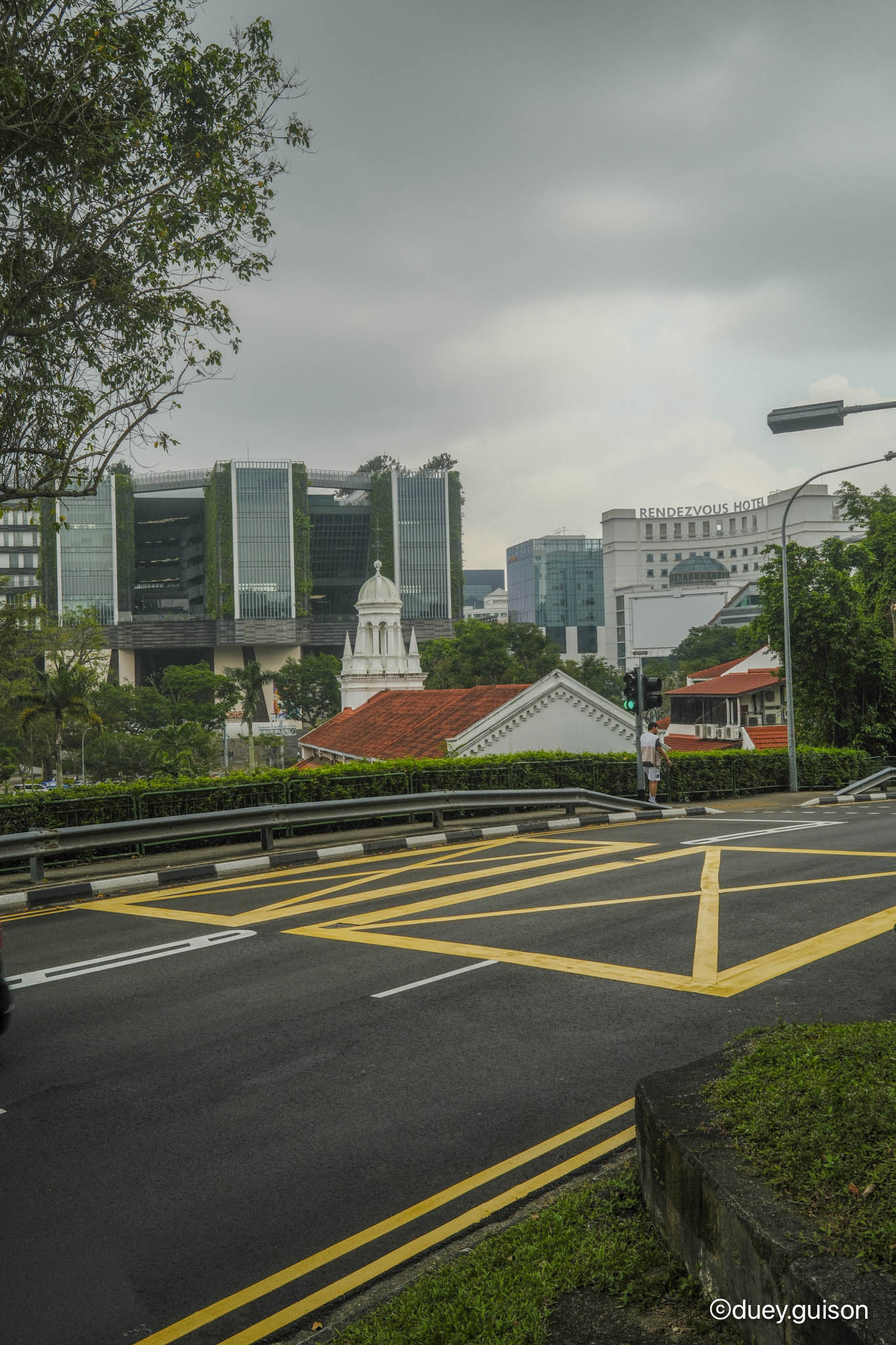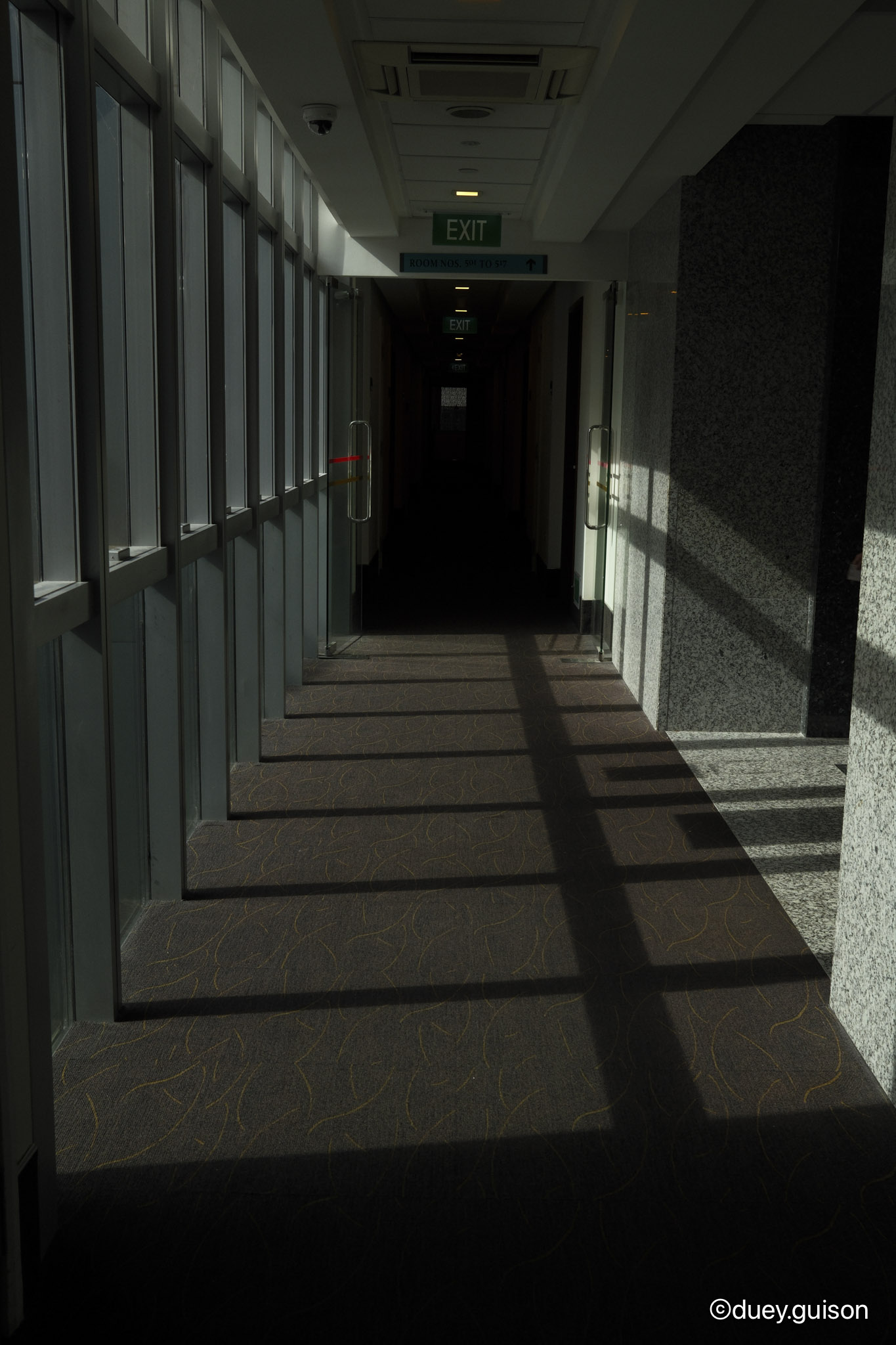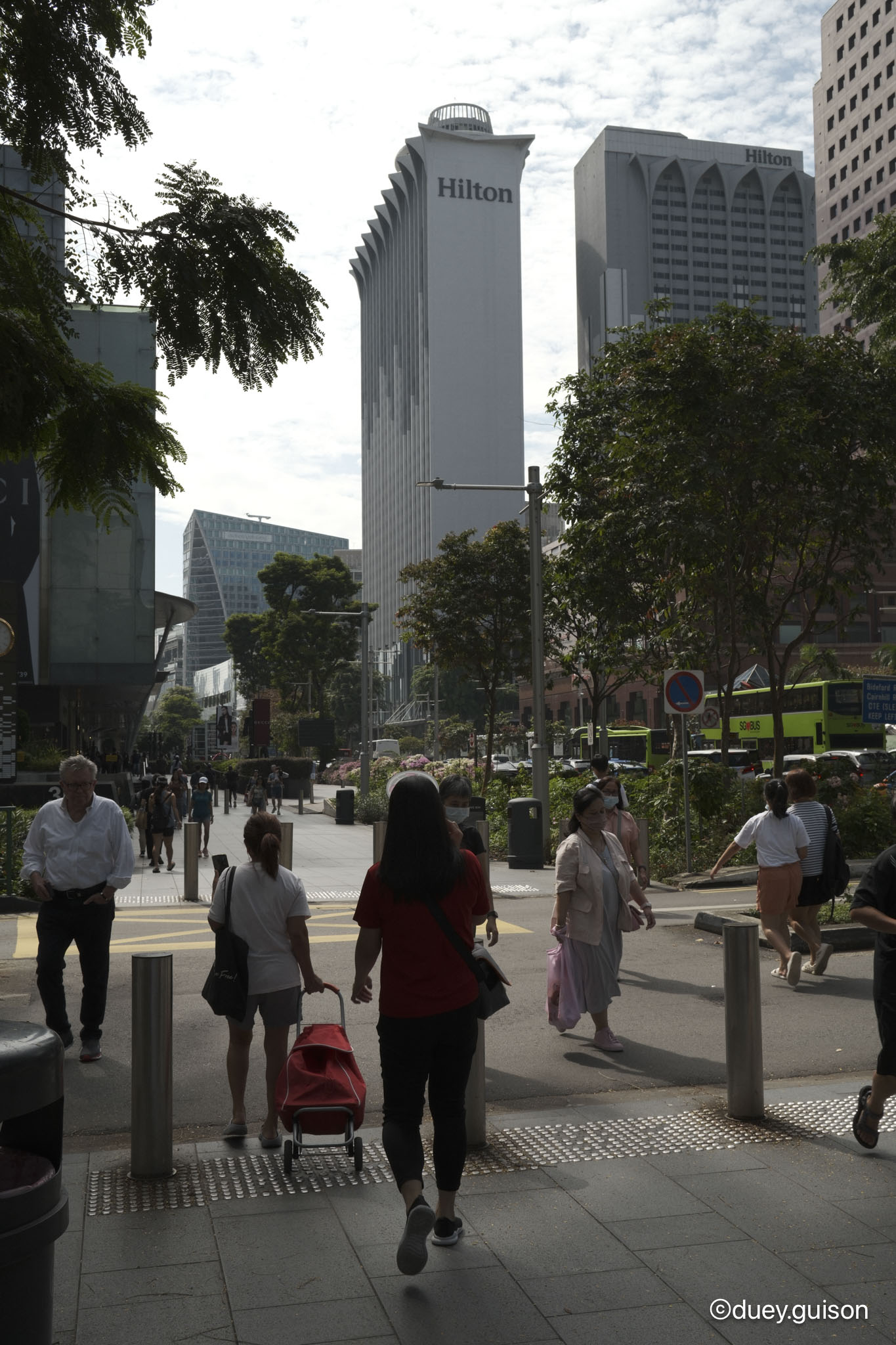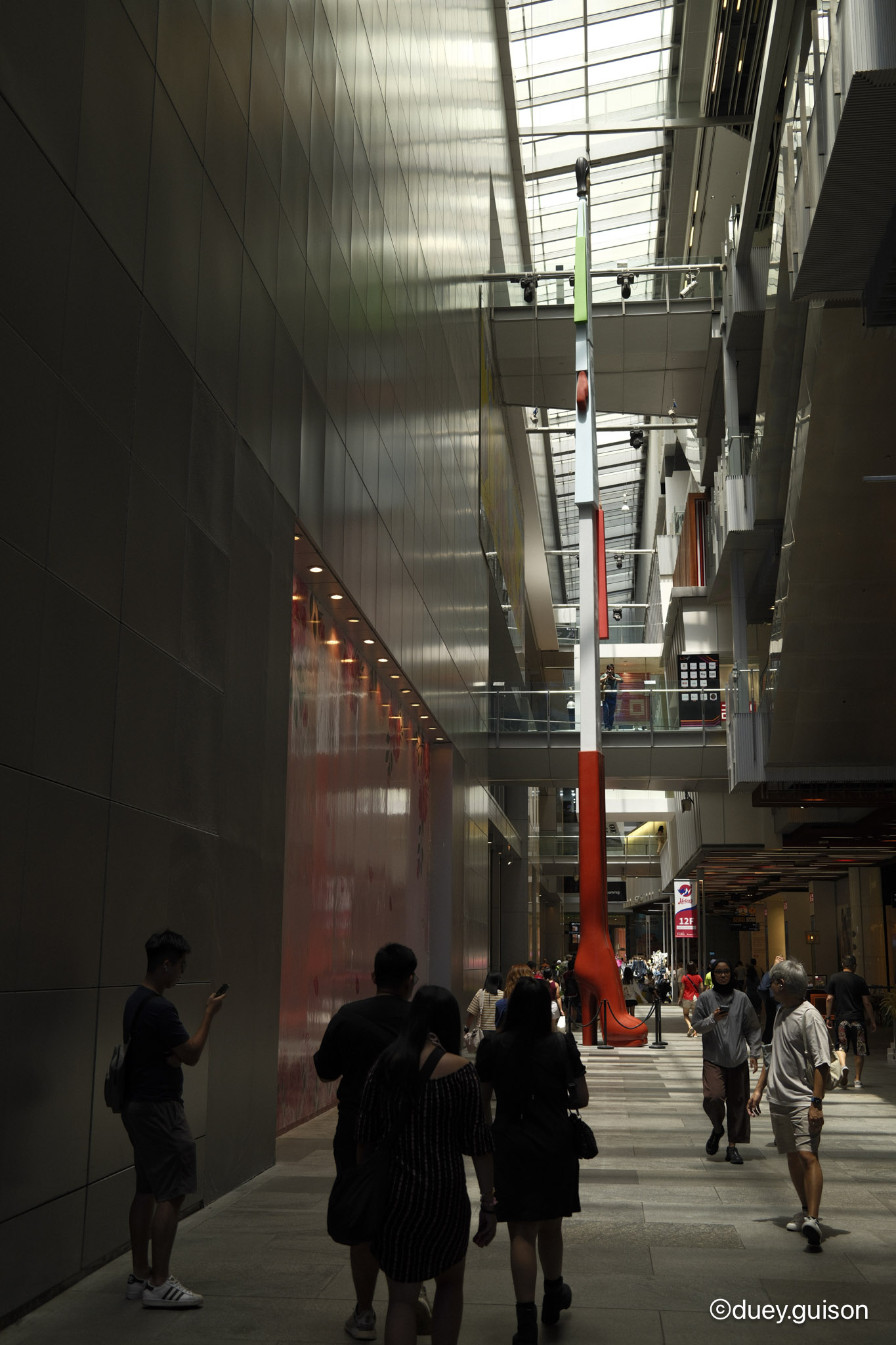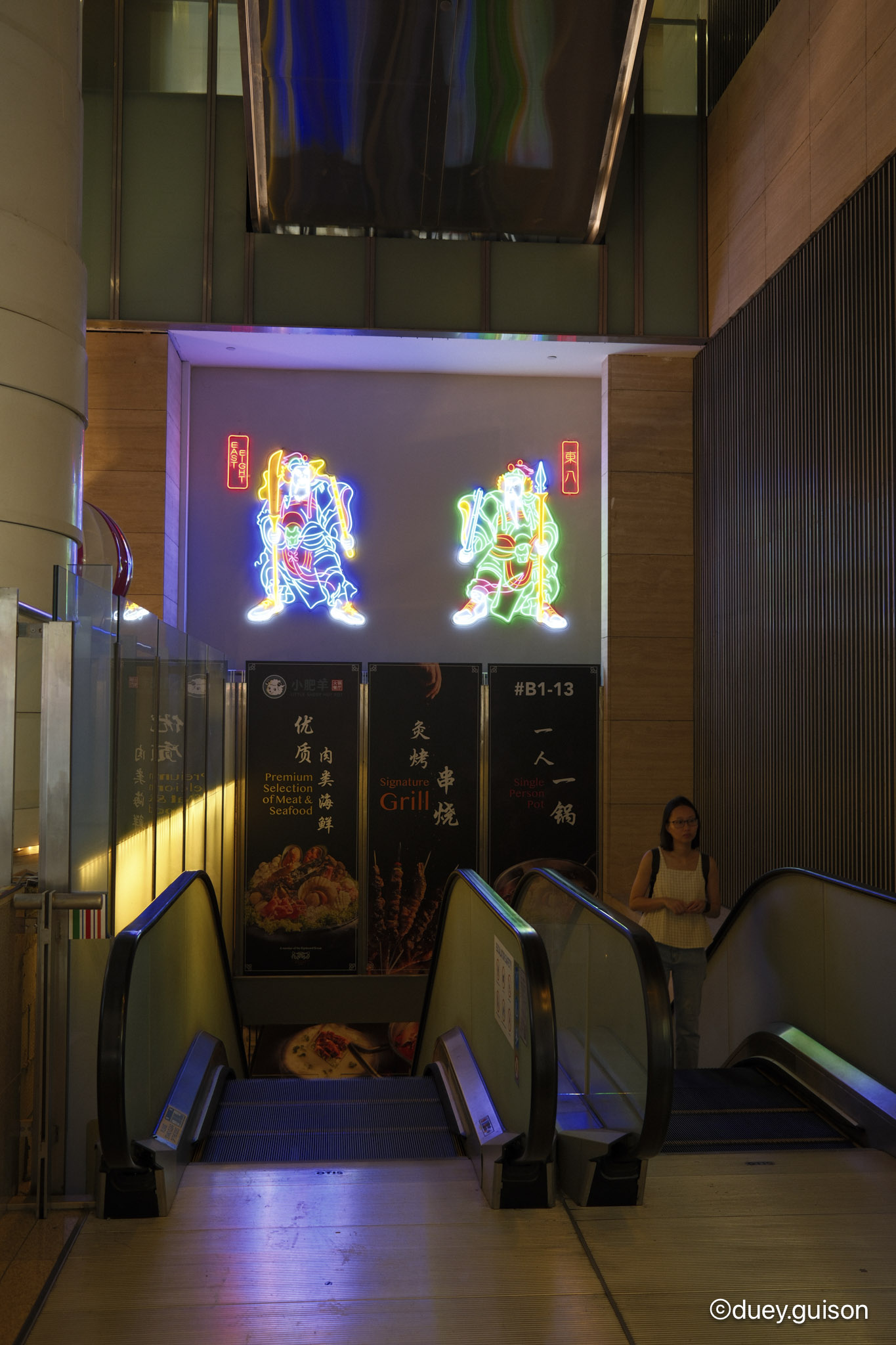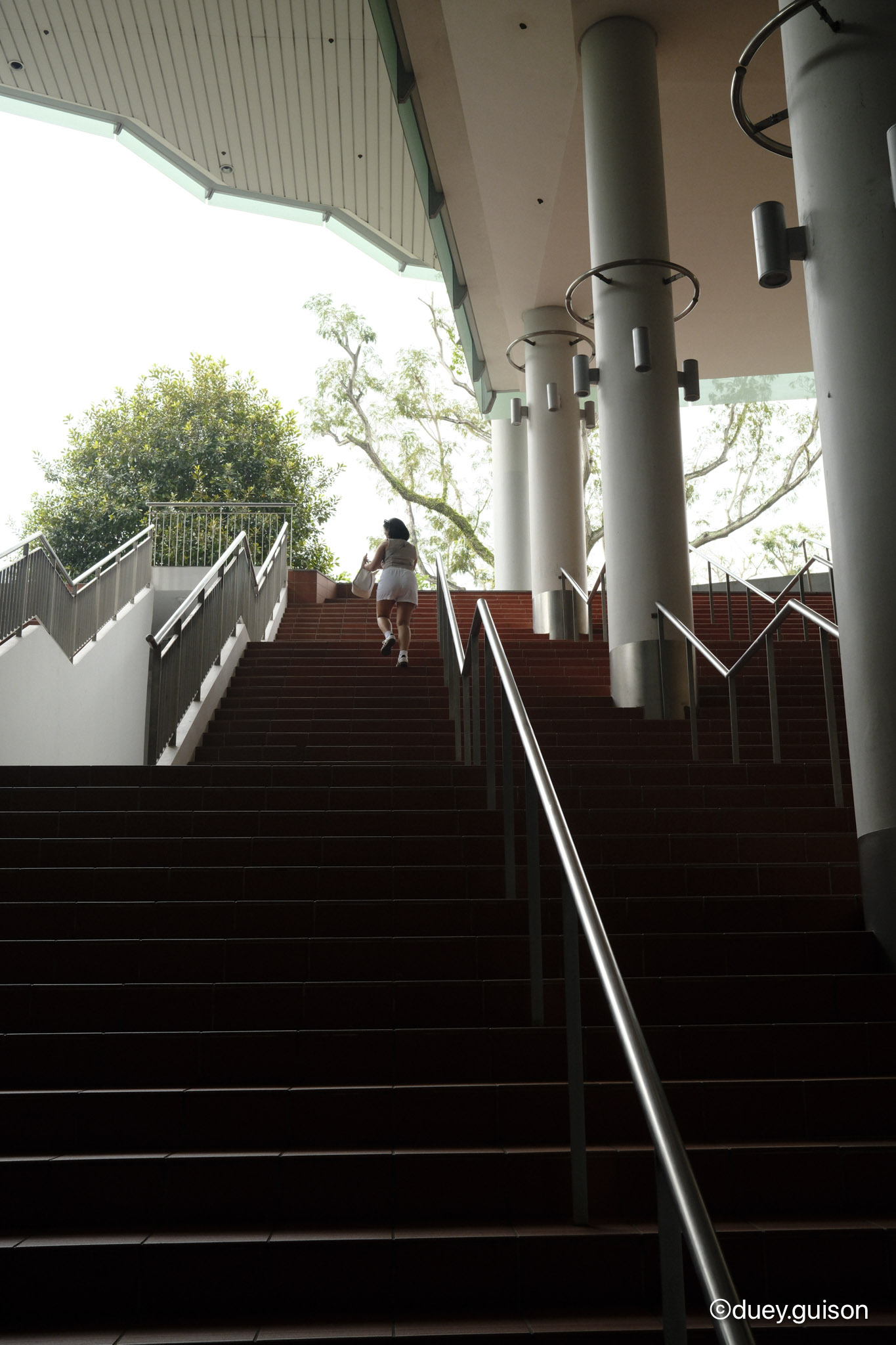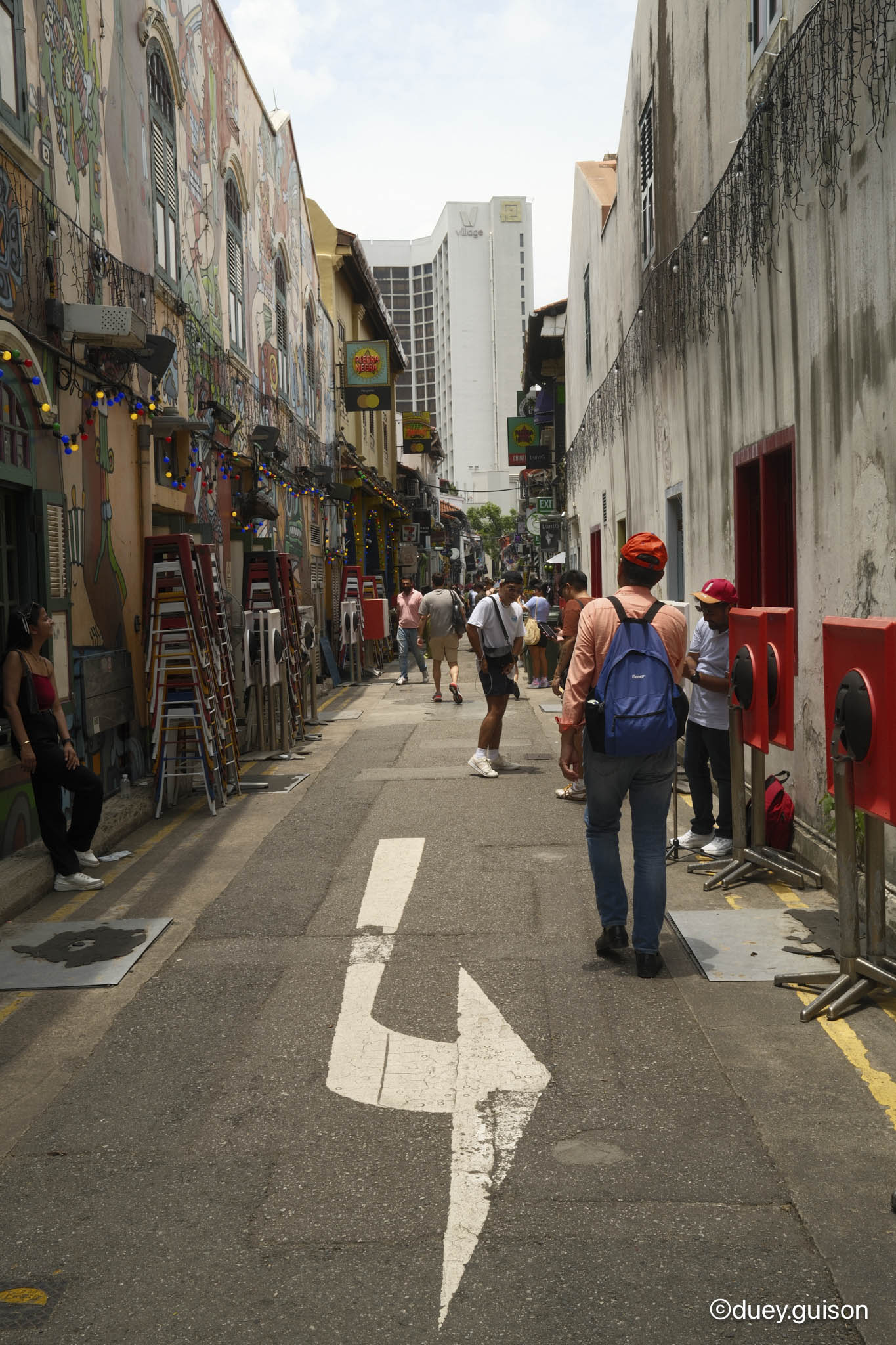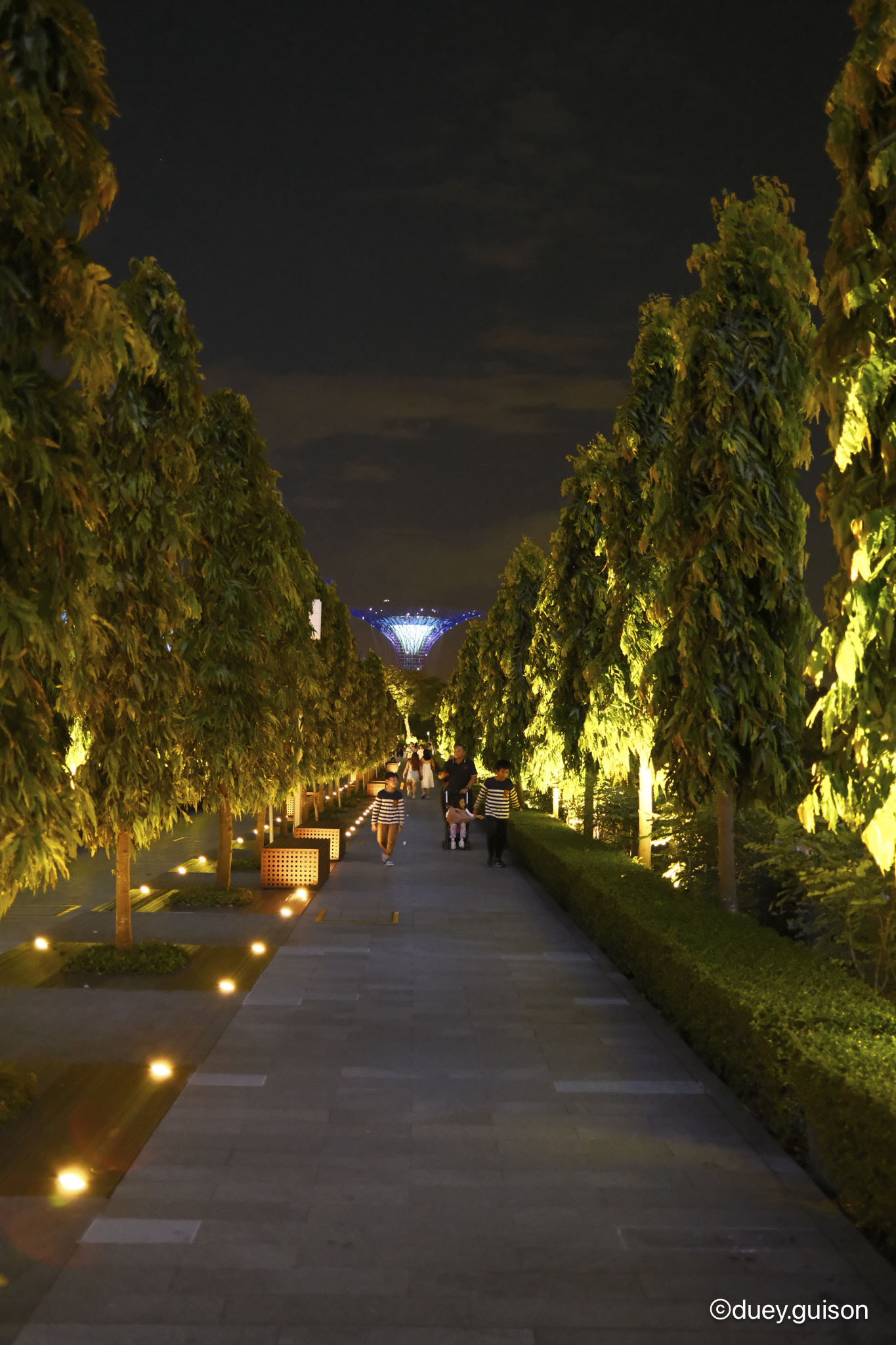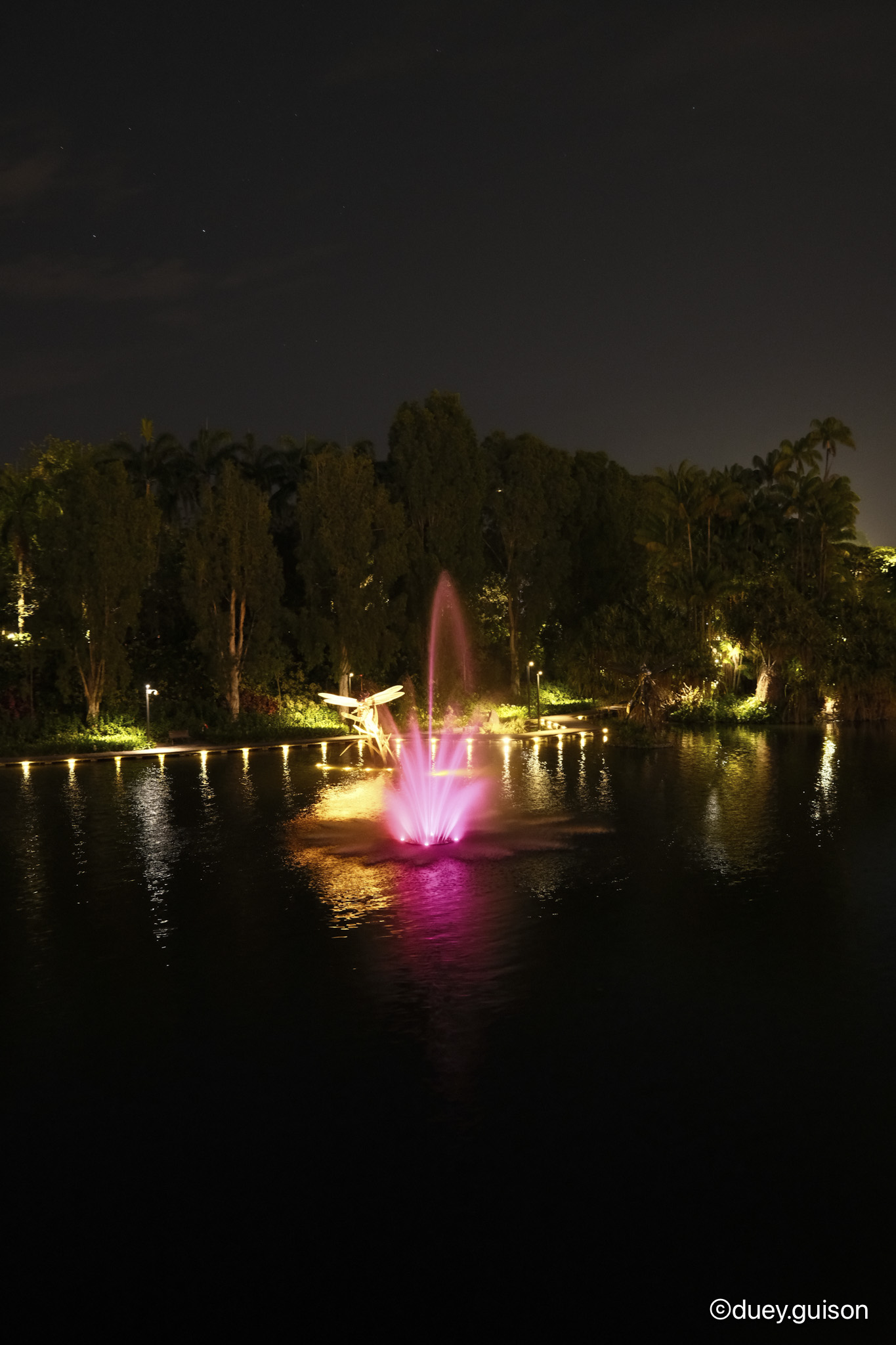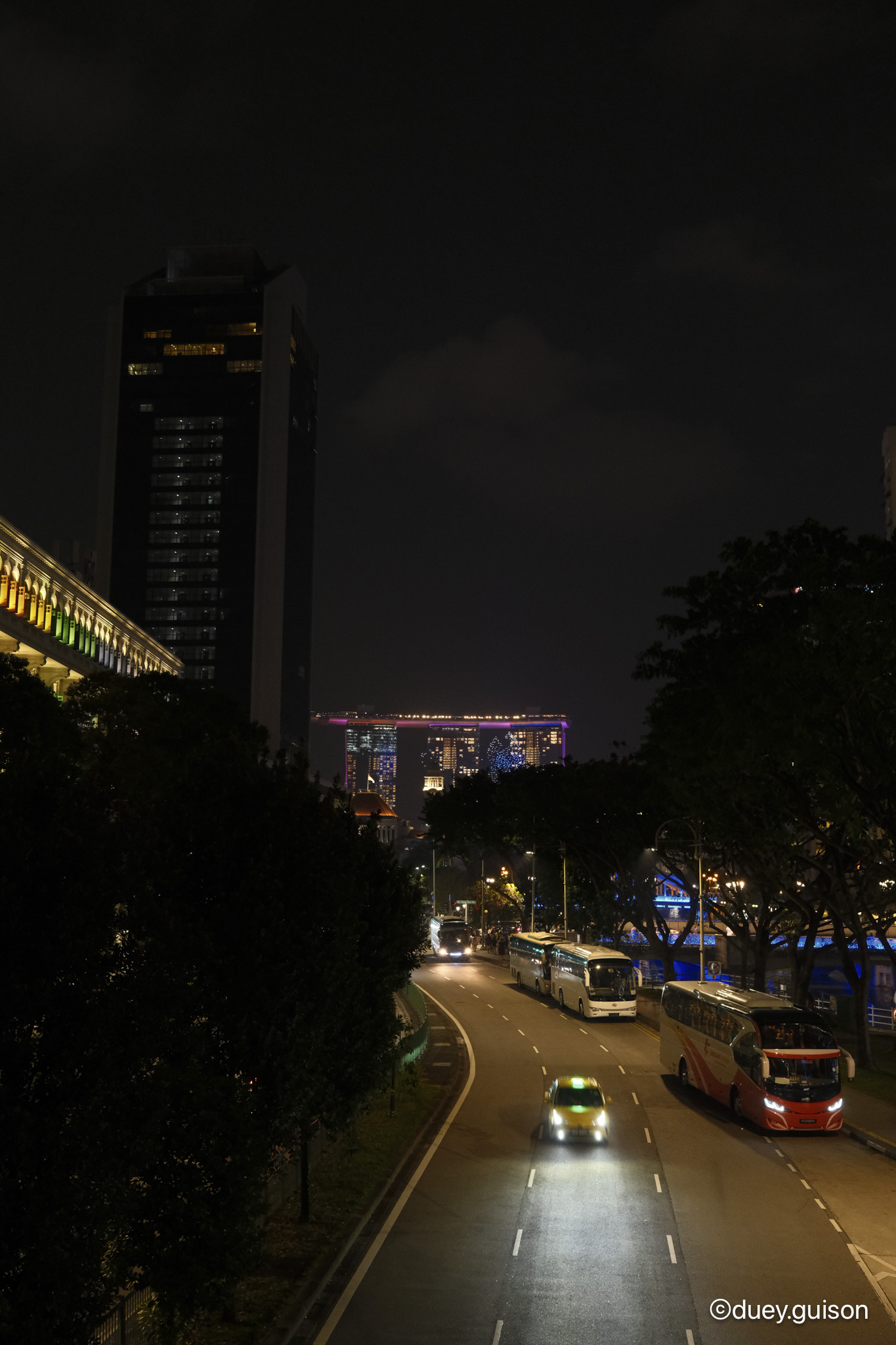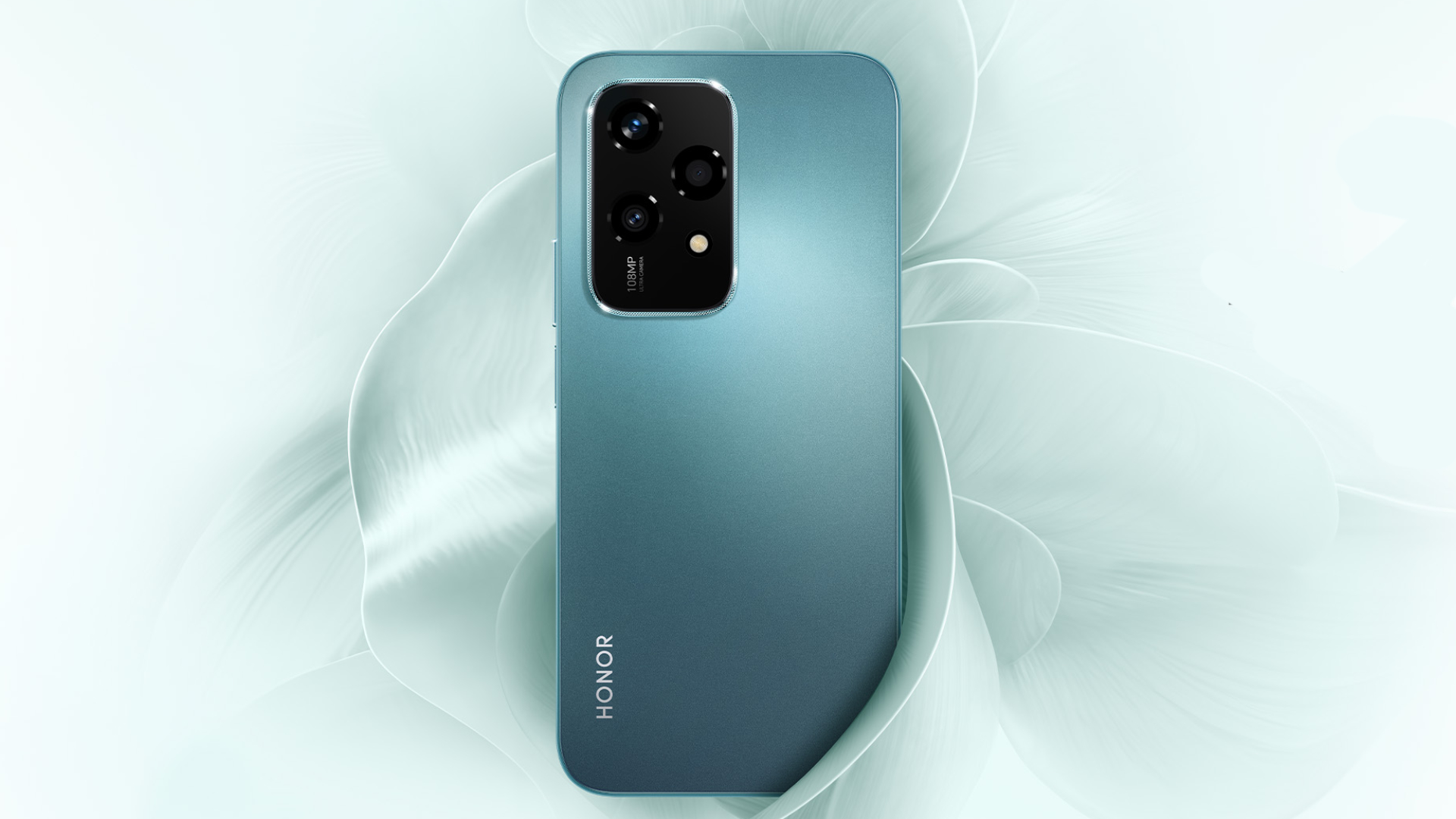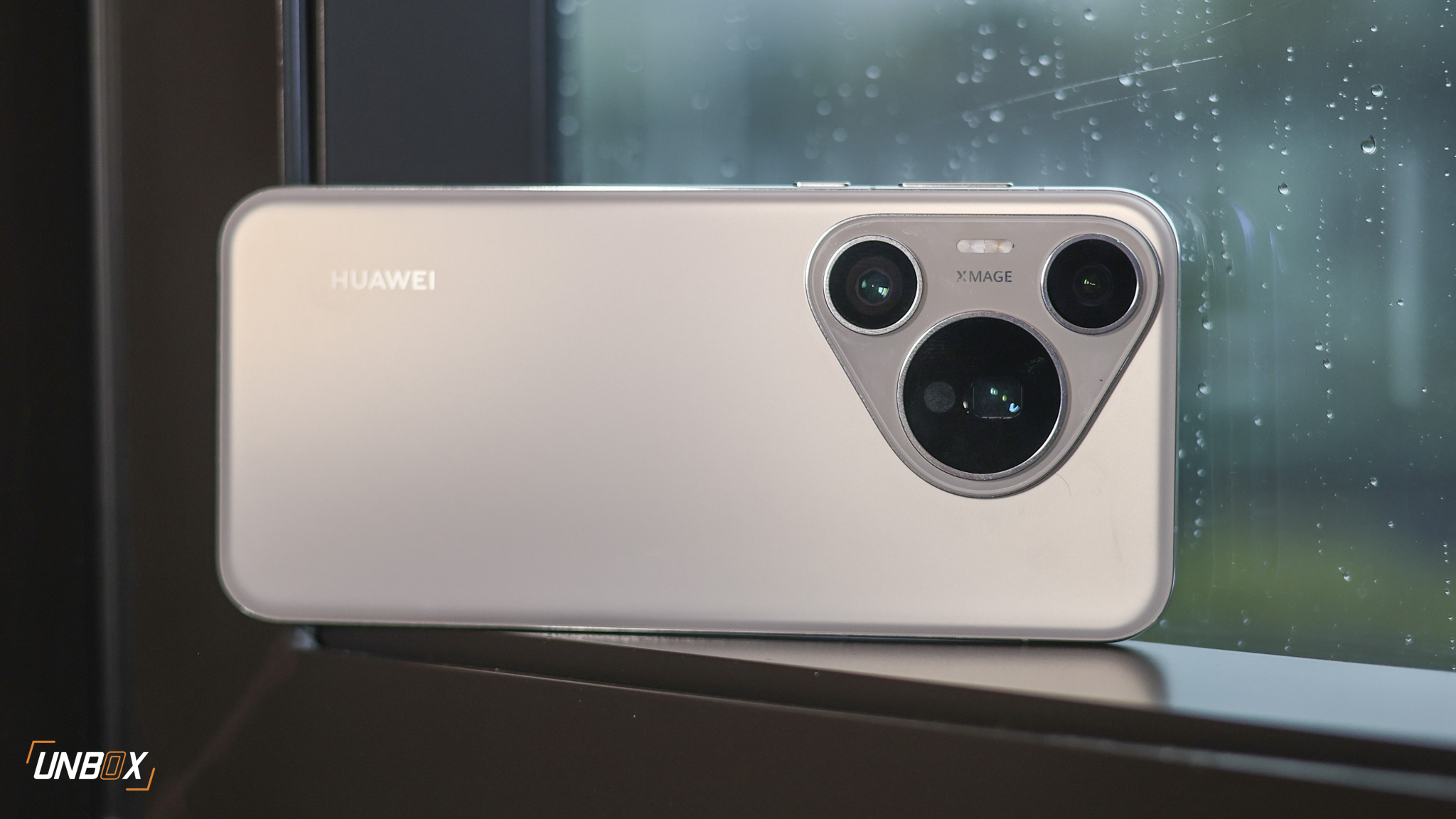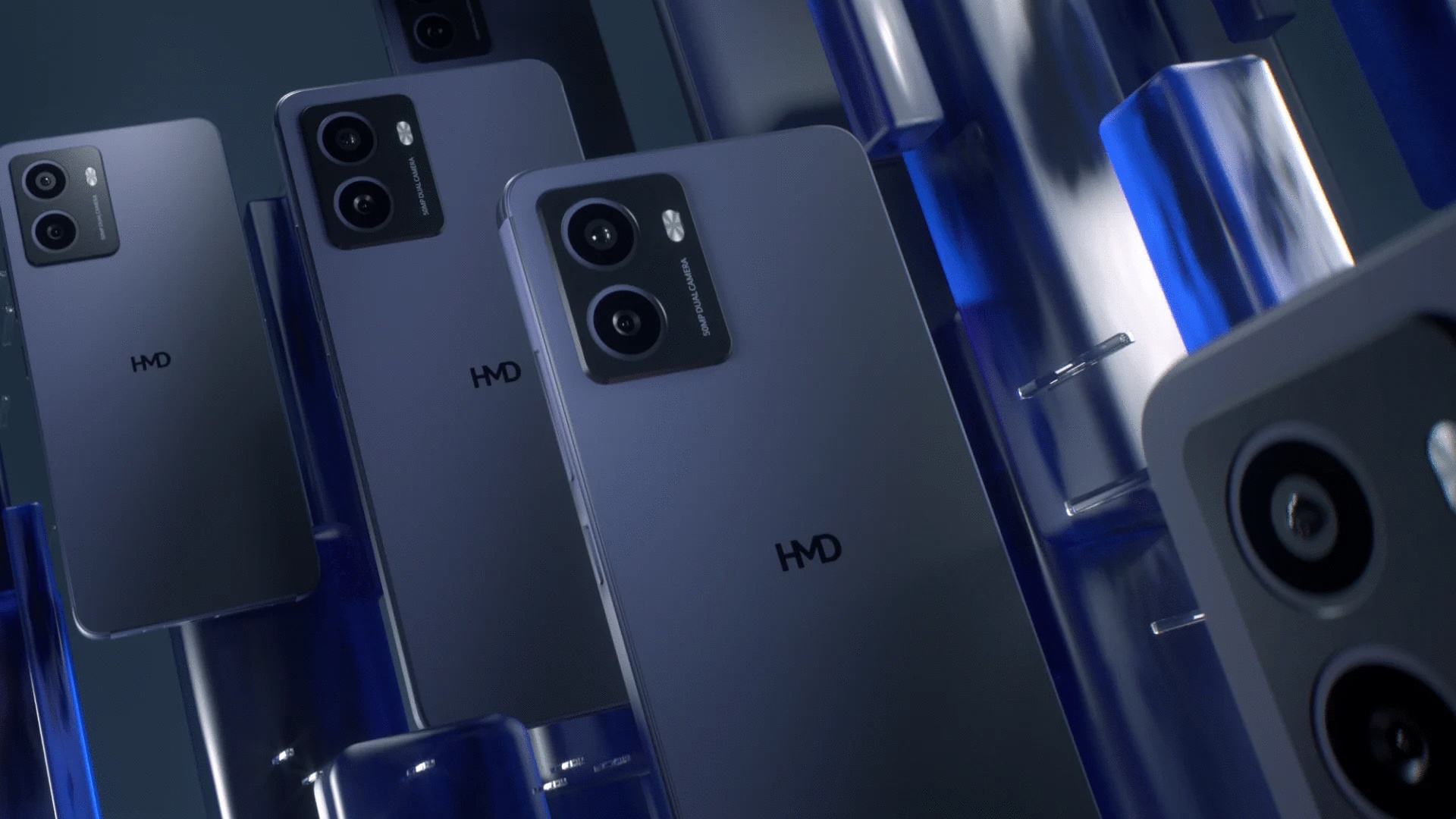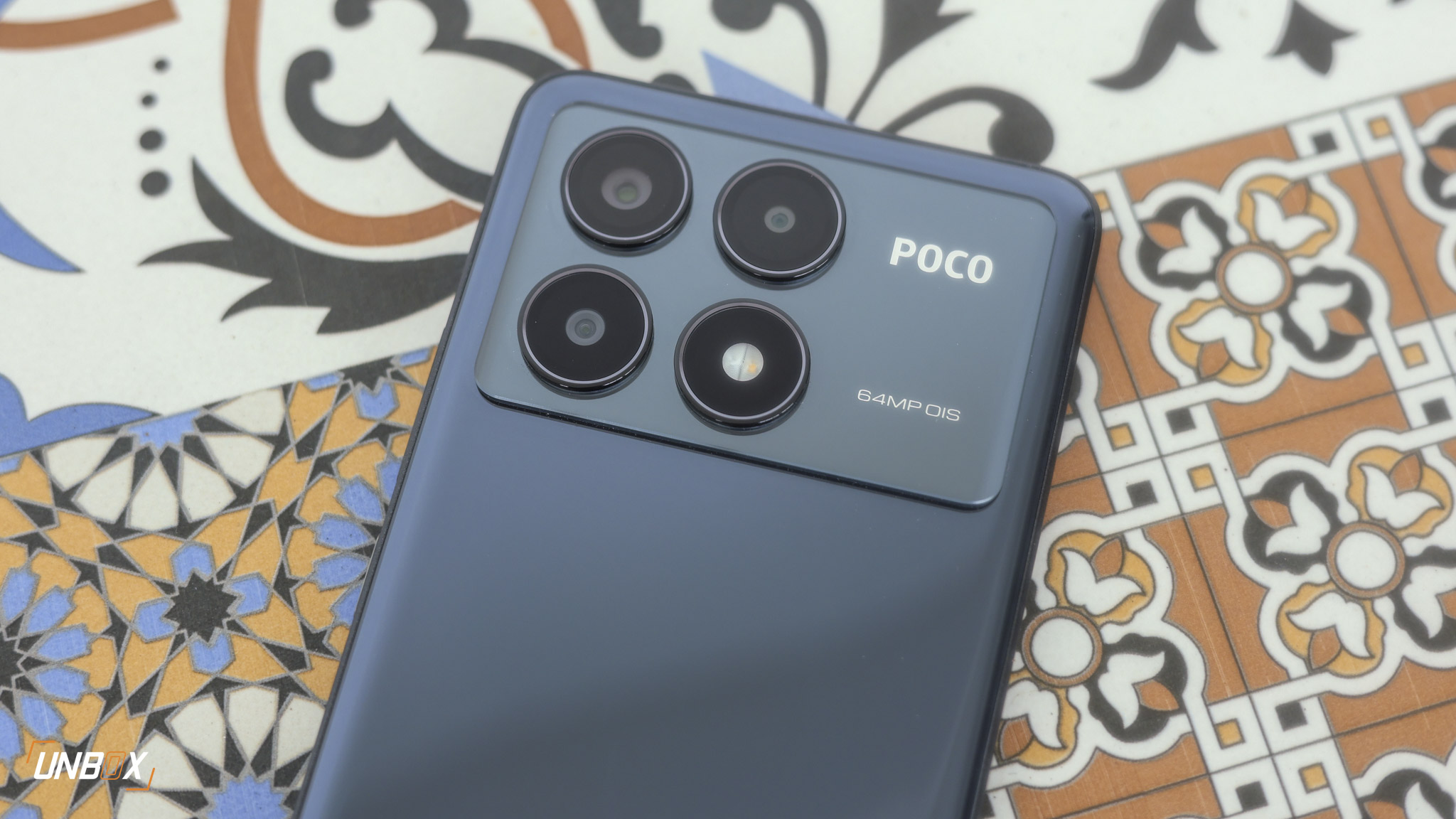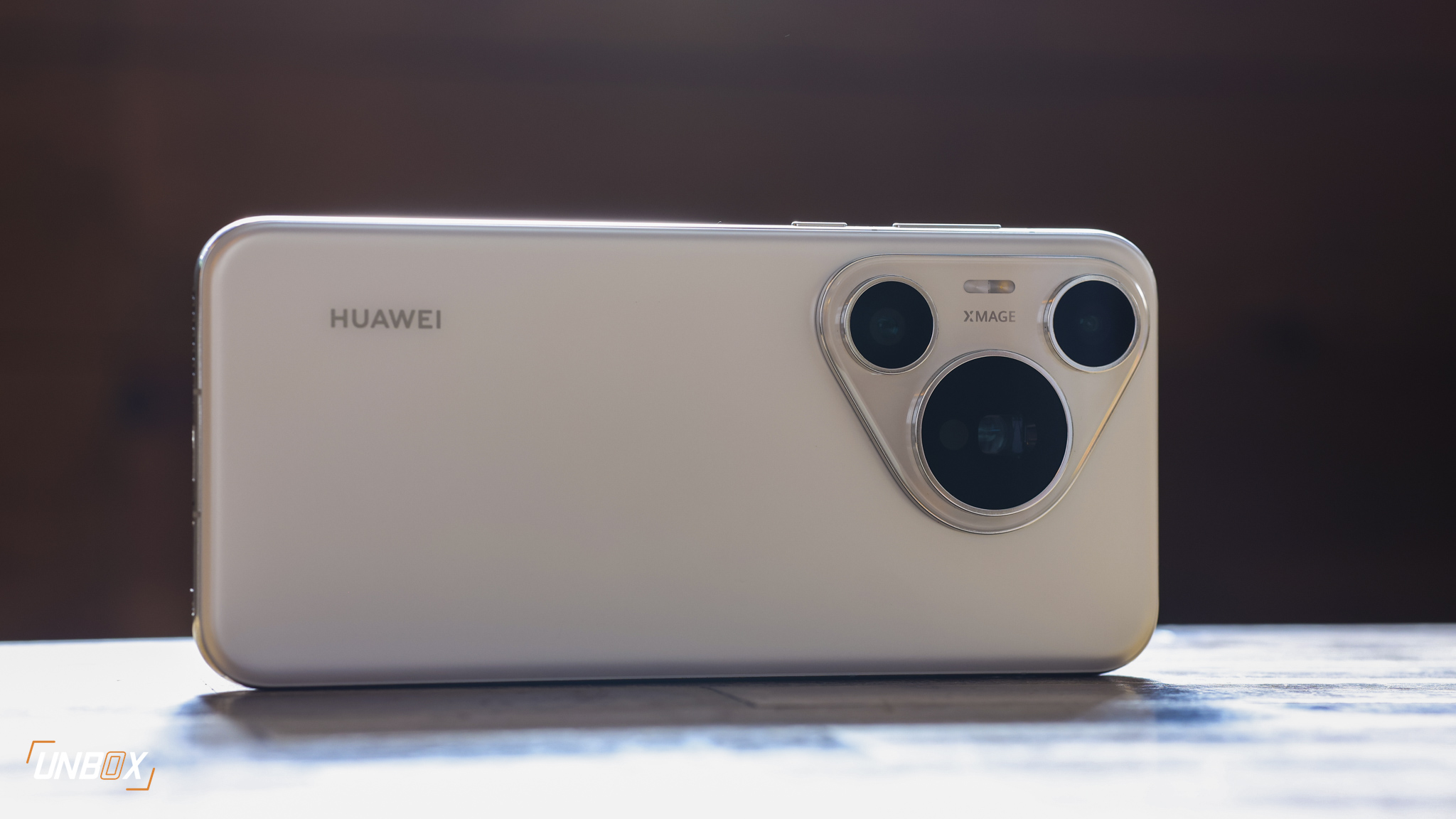While the X100 series has been in existence for over a decade, the X100V saw immense popularity during the pandemic. The X100V was so in demand, that you will have a hard time getting a new unit at SRP–and even used models fetch a premium that’s higher than its official price. This also caused a chain reaction to older X100 models being expensive even if they’re in used condition.
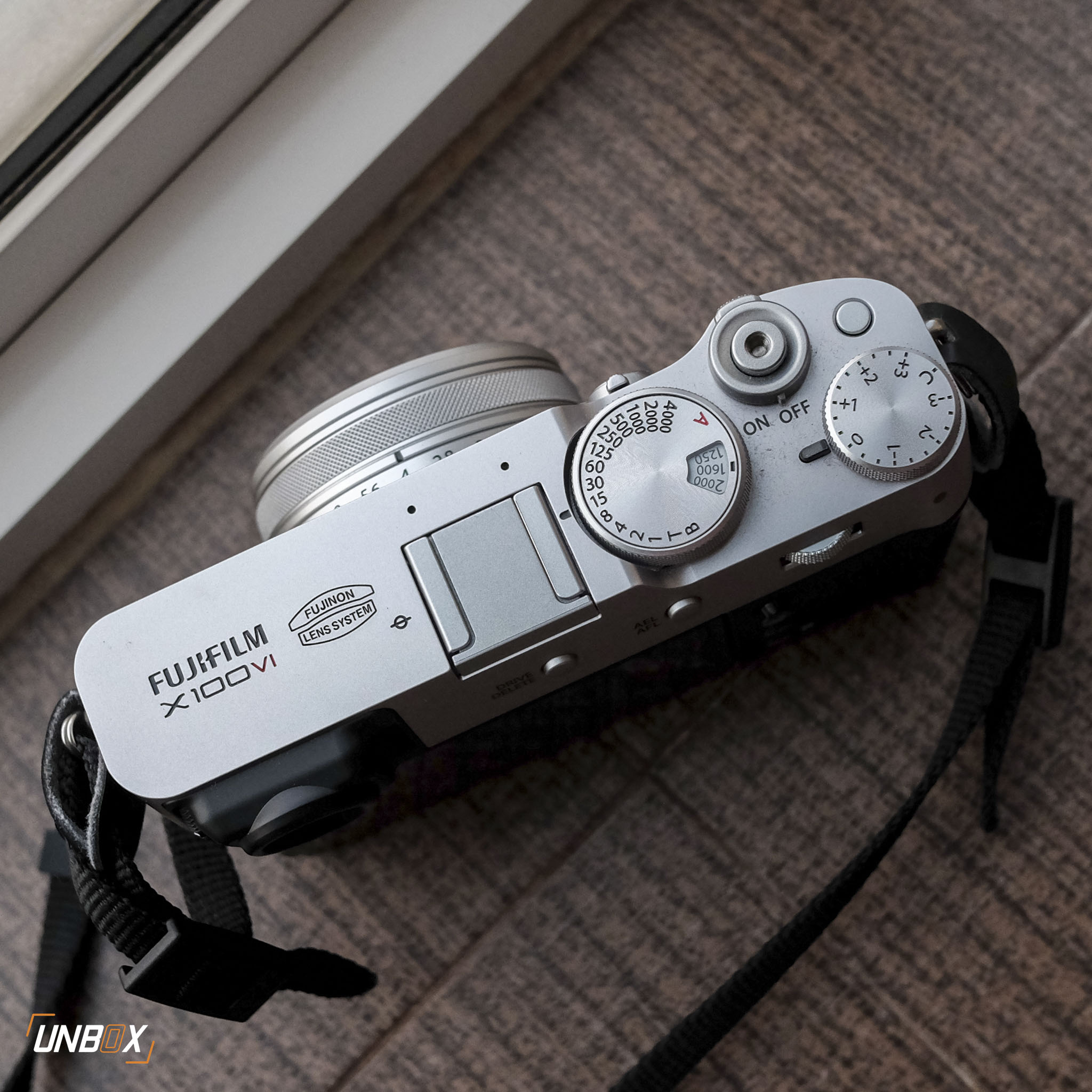
The trend appears to be the same with the X100VI. Despite being practically the same as the X100V, the X100VI introduces quality-of-life upgrades that include a new 40-megapixel sensor and in-body image stabilization. Like the immensely popular X100V, you’ll have a hard time getting an X100VI–I’ve been to several camera shops in the Philippines and Singapore, and you can’t find a unit in stock.
As someone who previously used an X100F and owns an X70, I was curious about what the X100VI has to offer. I was able to try out the X100VI for a week in Singapore, and here are my thoughts about this generation’s most popular digital camera:
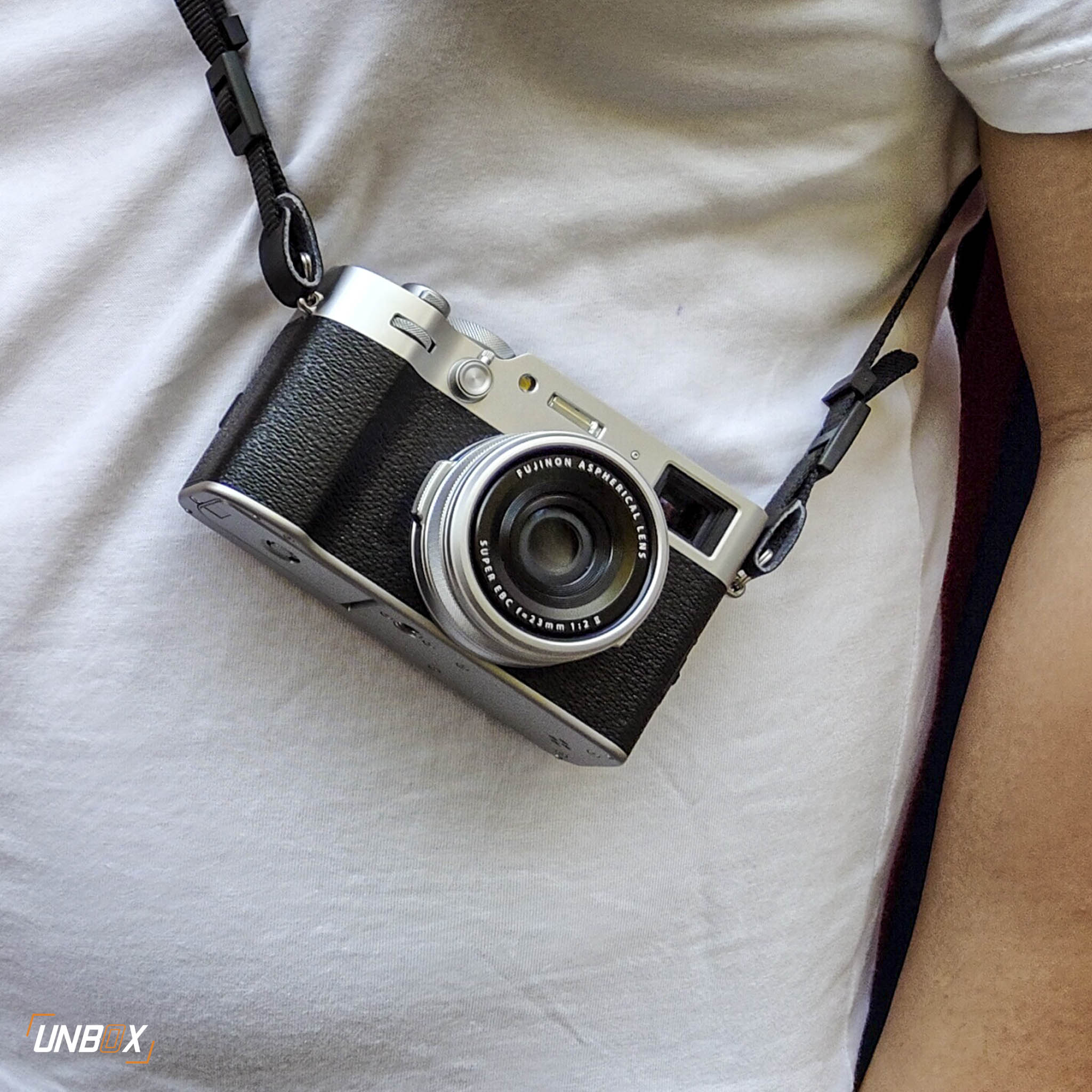
It is a conversation starter on its own.
The X100VI carries the same core design language as the OG X100 from 2011, and people love its hybrid viewfinder that can switch between optical and electronic. Its design reminds us of premium rangefinder cameras carrying that statement red dot, and that’s one of the reasons why the X100 series has a strong appeal to camera enthusiasts.
Whether you go for the silver or all-black version, the X100VI’s neo-classic charms make it an attractive compact camera that’s ideal for street photography–especially with its fixed 35mm equivalent lens. The textured leather covering completes the X100VI’s appeal as a retro-inspired digital camera.
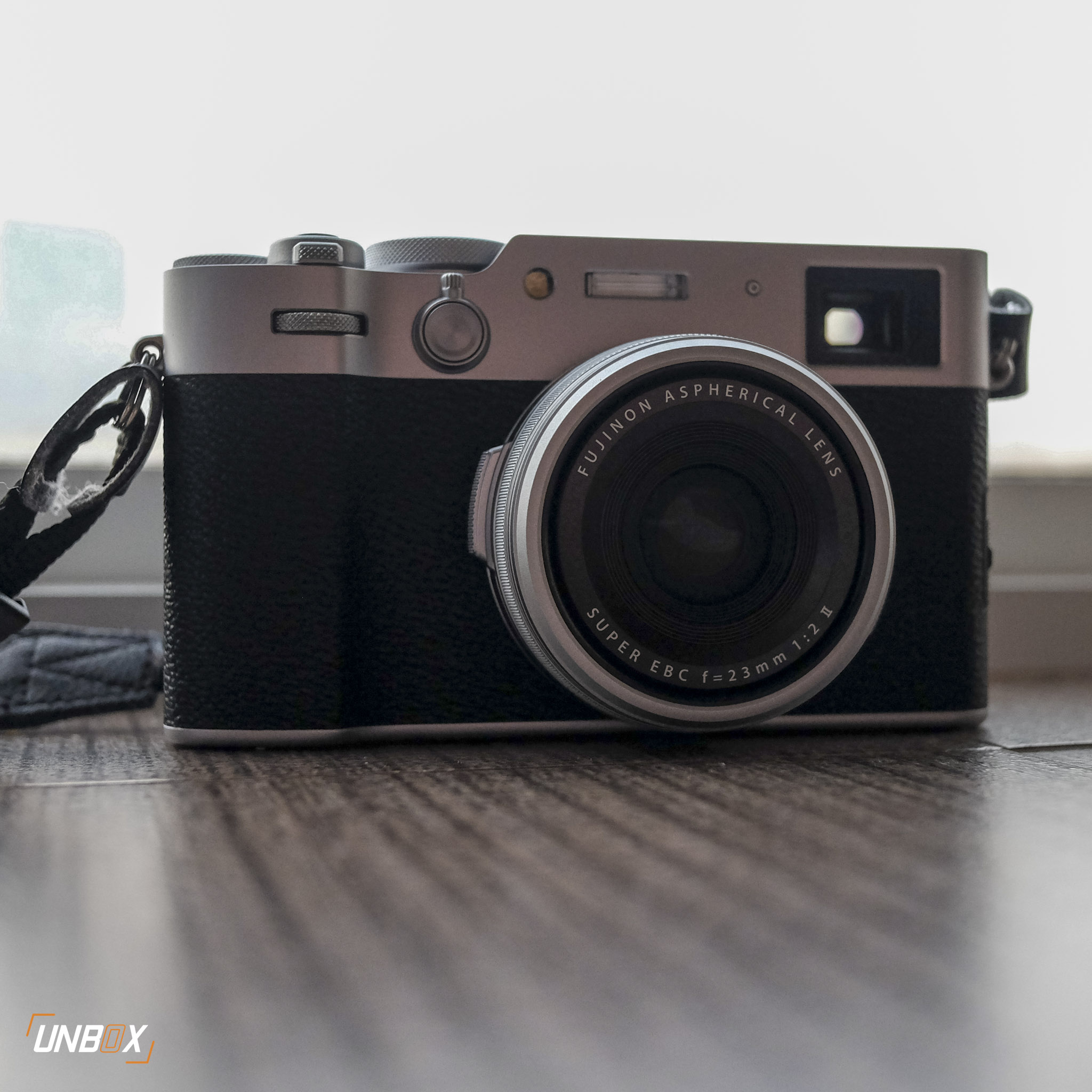
Those JPEGs are HUGE–for a reason.
One of the things that shocked me with the X100VI is how large are its JPEG files. On average, I was dealing with around 25MB per image, which is almost triple the average file size I get from my full-frame mirrorless camera. While that meant eating up a lot of storage space (I recommend using at least a 64GB card on the X100VI), the X100VI’s large JPEG files meant having a lot of headroom for post-processing.
A good example is this shot I took along Fort Canning Park. I had to take the photo in a hurry as it was going to rain, resulting in an underexposed shot. I post-processed the image in Lightroom Classic, and I’m impressed at how I was able to bump up shadows without worrying about clipping or adding more noise to the image.
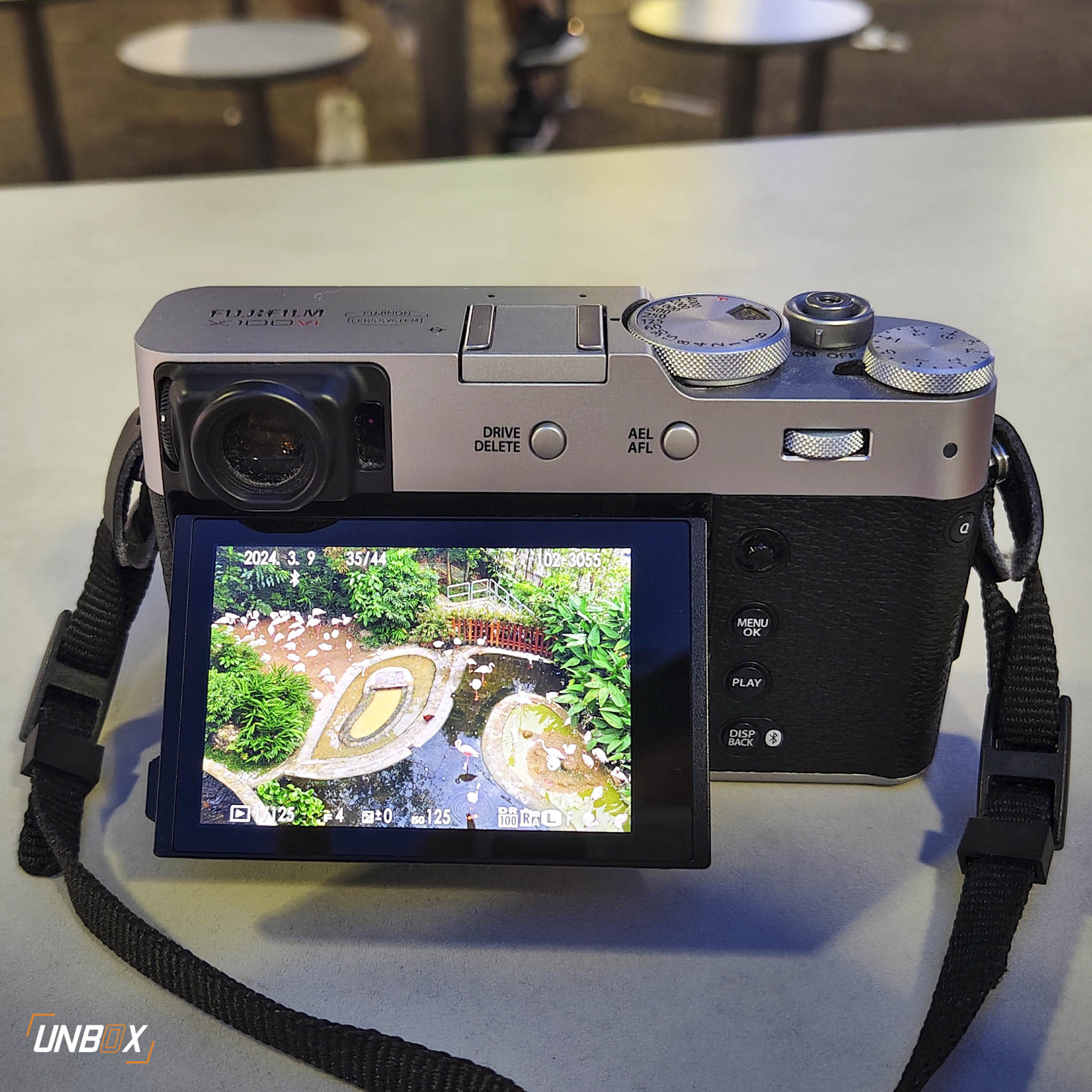
Reala Ace is my new favorite film simulation.
Fujifilm cameras are in demand because of its film simulation modes, where users can choose their favorite simulation (or create their own “recipe”) and save time from post-processing images. I have used a couple of Fujifim cameras in the past, and my usual film simulation preference would be either Velvia (for extra vibrant colors) or Classic Chrome (for that old school film look). The X100VI introduces a new film simulation called Reala Ace, which is best described as a mix between Classic Chrome and Pro Negative High film simulations.
Having used the Reala Ace for almost all of my photos during my trip to Singapore, it has grown on me as my new favorite Fujifilm film simulation to date. What I like about this film simulation is that you get the true-to-life color rendering of Classic Chrome and the high contrast nature of Pro Negative High, giving a 90s film look that my millenial self is familiar with from all the countless photos I took using a film camera.
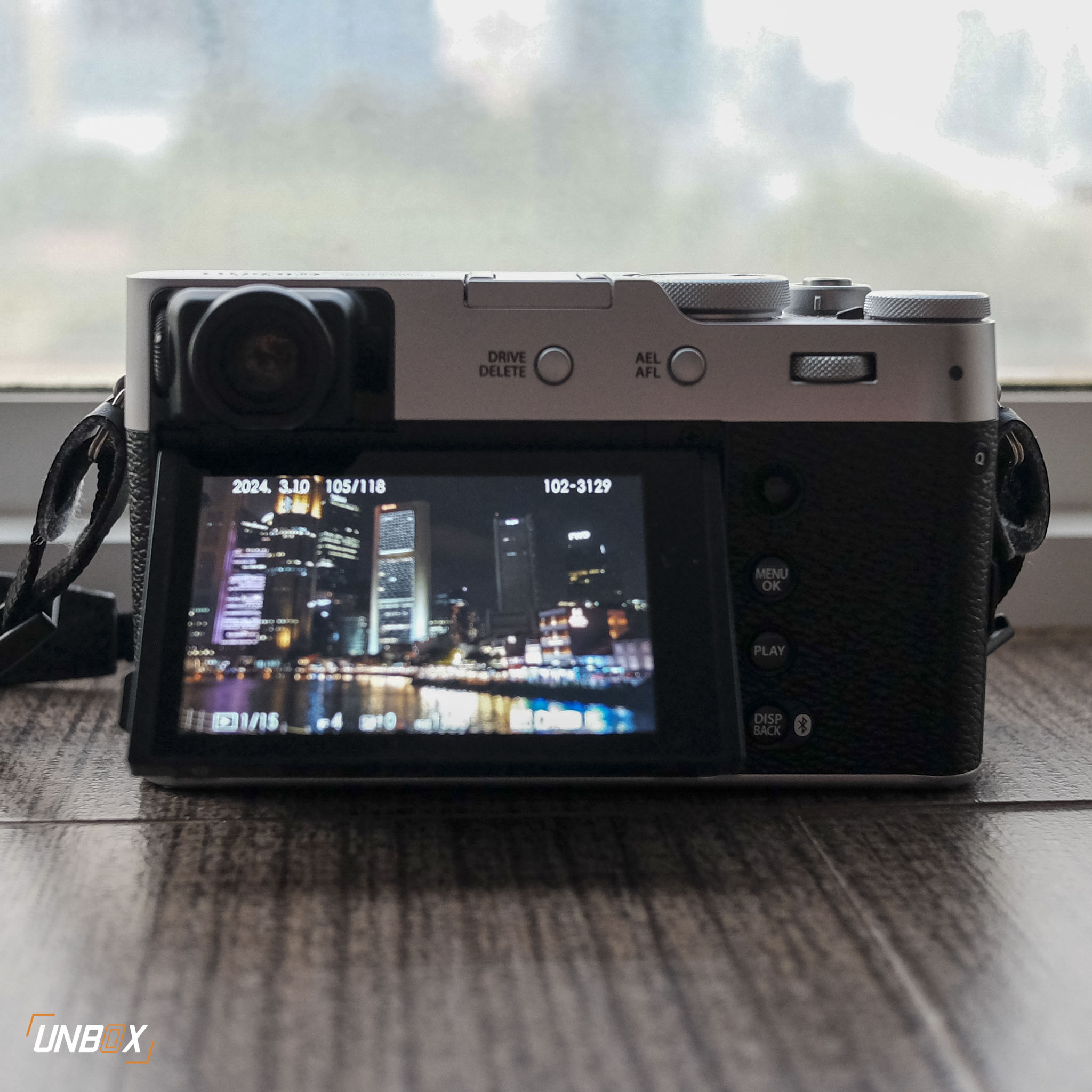
IBIS is its best upgrade.
Megapixels aside, the biggest upgrade on the X100VI is its in-body image stabilization–which is a first for the X100 series. Fujifilm claims that the X100VI’s IBIS can compensate for up to 6 stops, so I had to try that out by taking a few night shots and dialing down the shutter speed to as low as 0.5 seconds.
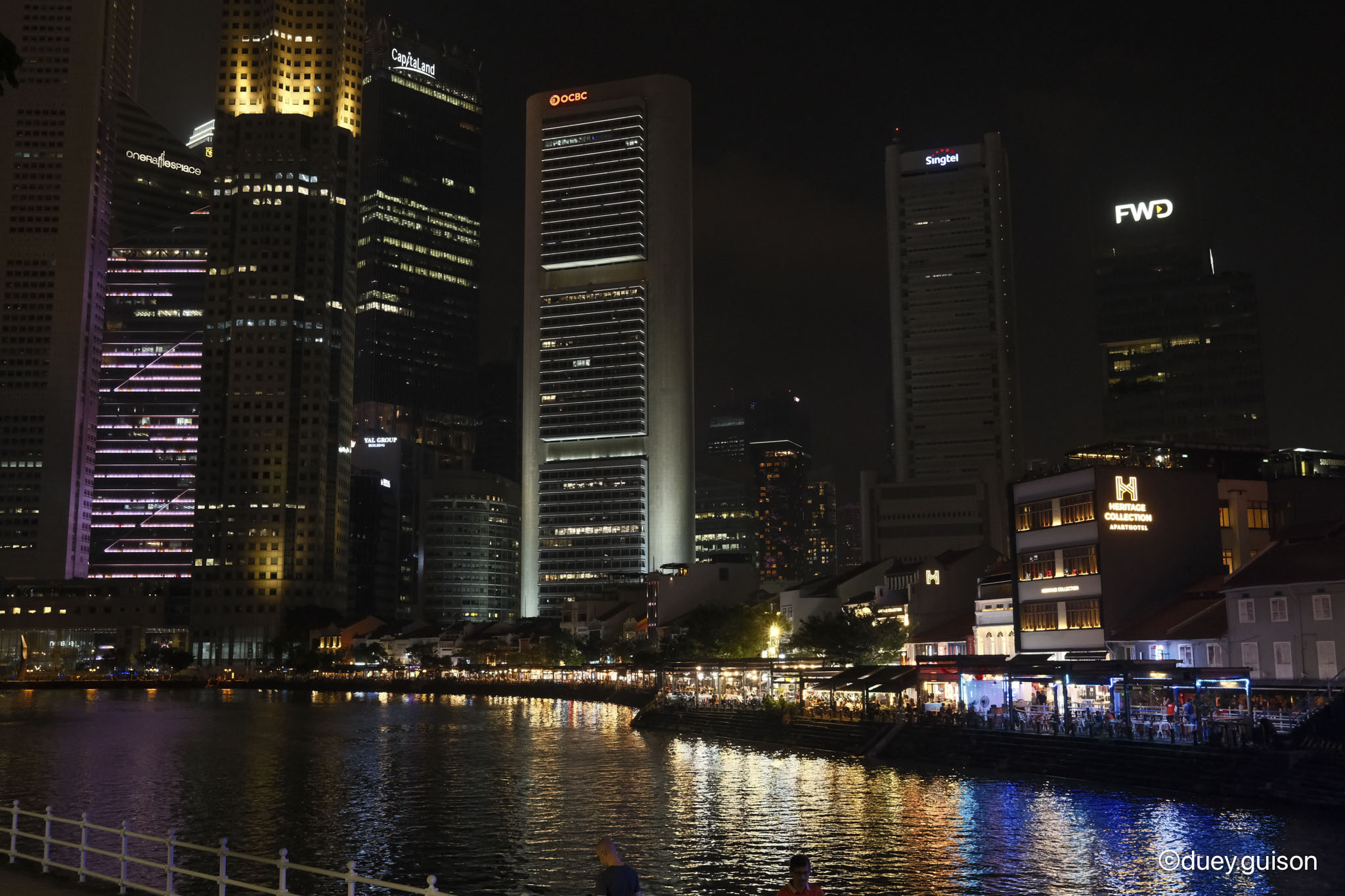
I’m quite impressed at how the X100VI’s IBIS was able to mange any shake even when I was shooting handheld at a shutter speed as slow as 0.5 seconds. While some may argue that IBIS is not necessary because the X100VI has a wide-angle lens, having this feature brings in new possibilities on how you shoot photos.
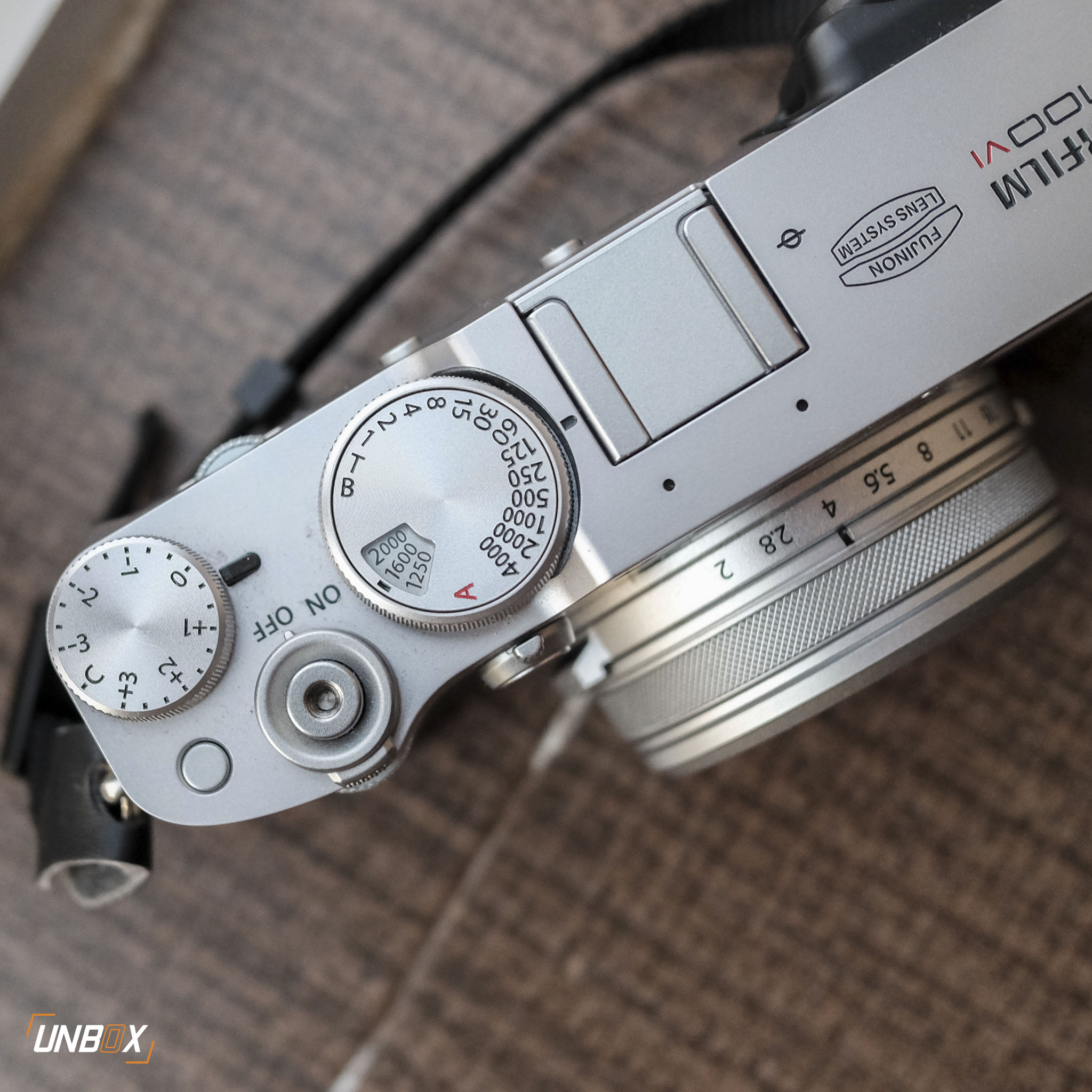
It still gives you that feeling of using an analog camera.
Perhaps one of the main reasons why people love the X100 series is that it is one of the few digital cameras that gives you that analog feel. Having physical controls to adjust aperture, shutter speed, ISO, and even exposure compensation is great for those who are serious in learning the art of photography.
Those not familiar with the X100VI’s controls need not worry: trust me, it’s pretty easy to learn its user interface, making it a camera that’s beginner-friendly to an extent. Even tinkering with its hybrid viewfinder is an easy task–all you need to do is to flick the switch in front of the camera to choose either optical or electronic viewfinder.
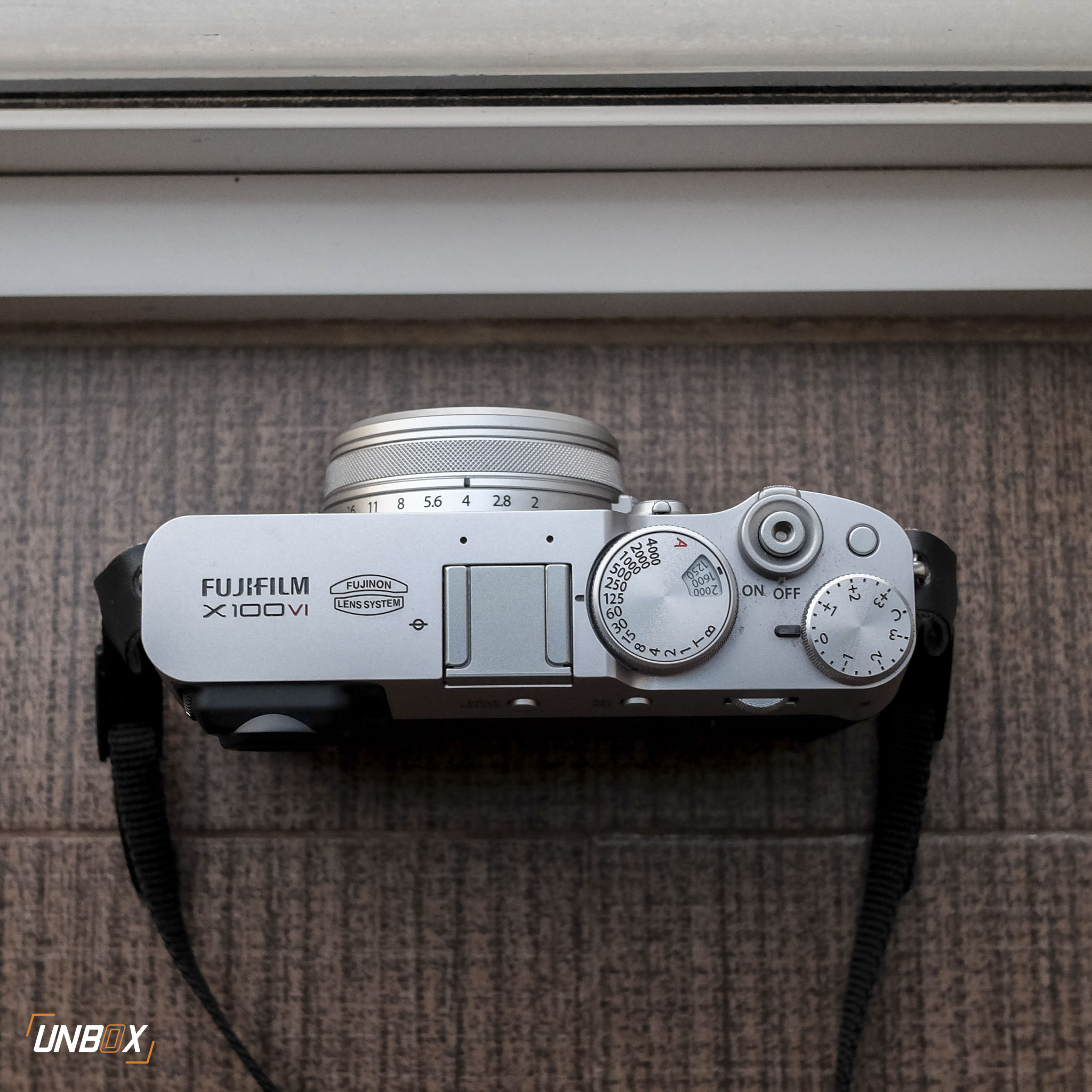
Is it worth the hype?
The X100VI’s pricing plays a big factor: as the first X100 camera to breach the Php 100k mark and made in China (unlike previous models that are proudly made in Japan), it is expensive for a fixed-lens digital camera. However, there’s no comparable fixed-lens digital rangefinder in the market, which is why there’s a strong demand for the X100VI.
Those currently using the X100V might not consider upgrading, as the only real difference with the X100VI is the new sensor and the addition of IBIS. That being said, the X100VI does deserve the hype because it improves on the X100V and still retains that charm that makes the entire X100 series a statement camera for enthusiasts. Like its predecessor, you’ll have a challenge (at least for now) in securing an X100VI, as this camera is sold out everywhere–and there’s no update as to when Fujifilm will be able to meet the demand for it.
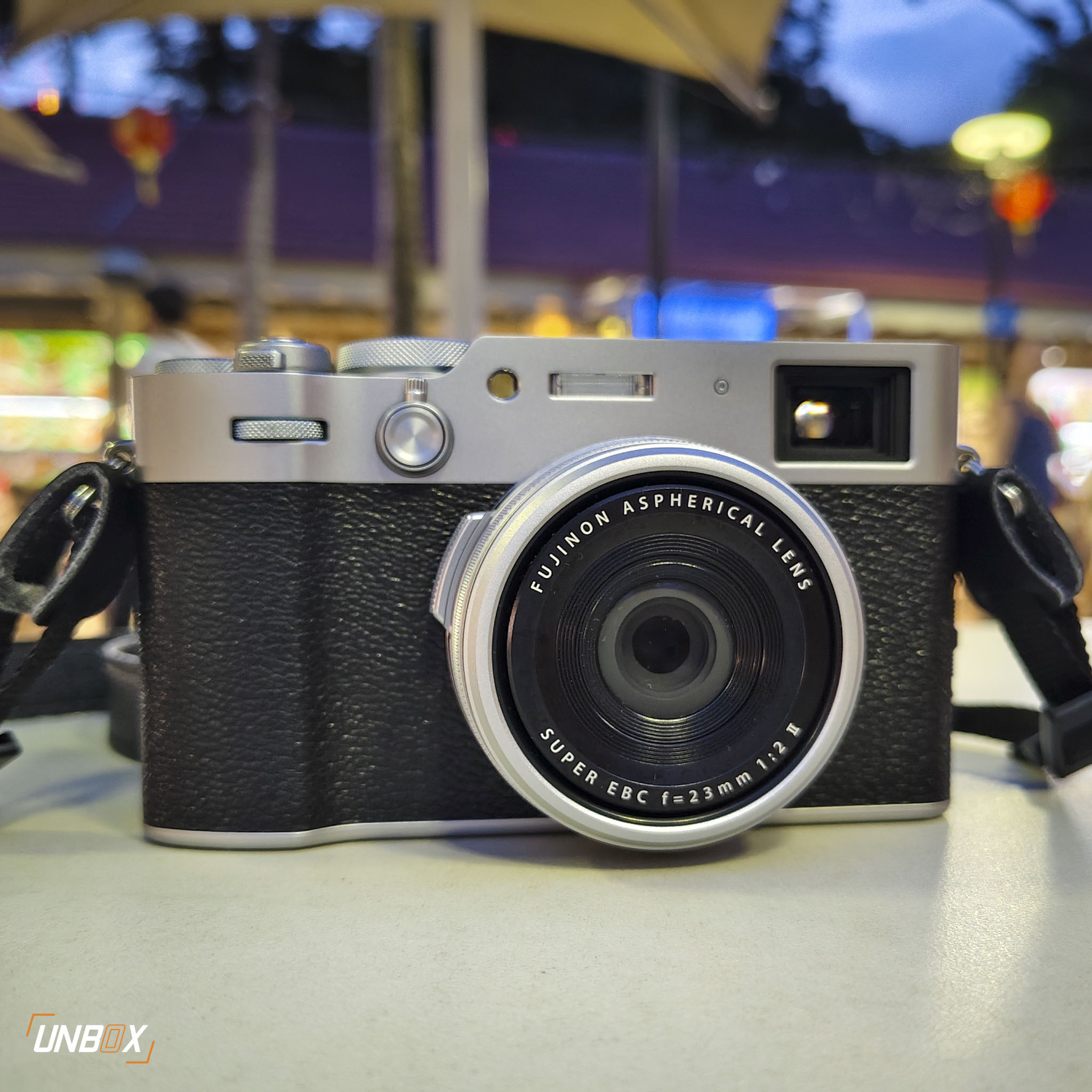
The Fujifilm X100VI has an official price of Php 103,990 in the Philippines. The first batch of orders are expected to arrive in April, and there’s no update yet when official retailers will accept additional orders.


